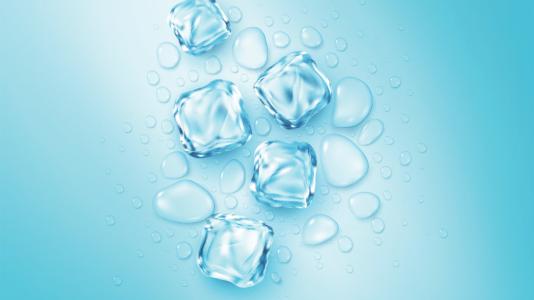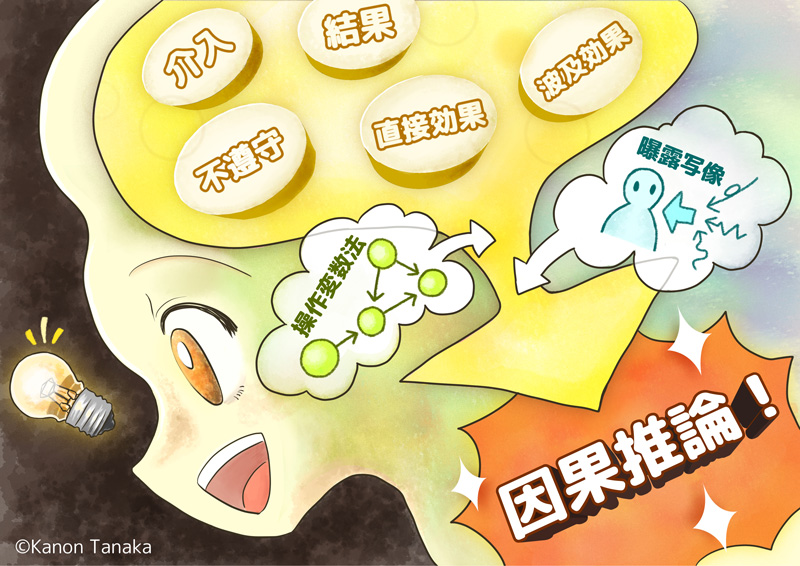2024-01-04 アルゴンヌ国立研究所(ANL)

Argonne scientists uncover previously unseen changes in ice even when the temperatures are well below the freezing point of water. (Image by Shutterstock/Vik Y.)
◆研究は氷結晶を−200度以下で観察し、その性質を理解するだけでなく、低線量の高解像度透過型電子顕微鏡(TEM)の使用法を示しています。この手法は、氷のような高エネルギー電子ビームに対して不安定な材料を撮影するのに適しており、今後はバッテリーなどのビーム感受性材料の研究にも利用できる可能性があります。プレメルティング現象は、水が凍り、液体、気体の3つの状態を同時に示す三重点以下でも液体のような挙動を示すことがあることを示唆しています。
<関連情報>
- https://www.anl.gov/article/even-far-below-freezing-ices-surface-begins-melting-as-temperatures-rise
- https://www.pnas.org/doi/10.1073/pnas.2304148120
三重点よりはるかに低い氷の表面予融解 Surface premelting of ice far below the triple point
Yulin Lin, Tao Zhou, Nathan D. Rosenmann, Lei Yu, Thomas E. Gage, Suvo Banik, Arnab Neogi, Henry Chan, Aiwen Lei, Xiao-Min Lin, Martin Holt , Ilke Arslan, and Jianguo Wen
Proceedings of the National Academy of Sciences Published:October 16, 2023
DOI:https://doi.org/10.1073/pnas.2304148120
Significance
Premelting, the presence of a quasi-liquid layer (QLL) on the surfaces of a solid, is commonly observed for crystalline materials just below their melting temperature. Due to the lack of experimental observations, the answer to whether the same phenomenon can occur at much lower temperature and pressure remains mainly theoretical. Using ice, a model system for studying premelting, we show the existence of a liquid-like layer at the ice-vapor interface just below the sublimation temperature. Despite sharing many similarities with the QLL found on hexagonal ice, this liquid-like layer is thought to be related to a metastable liquid phase, the existence of which opens a way to understand grassy water behavior near no man’s land at ultralow pressure.
Abstract
Premelting of ice, a quasi-liquid layer (QLL) at the surface below the melting temperature, was first postulated by Michael Faraday 160 y ago. Since then, it has been extensively studied theoretically and experimentally through many techniques. Existing work has been performed predominantly on hexagonal ice, at conditions close to the triple point. Whether the same phenomenon can persist at much lower pressure and temperature, where stacking disordered ice sublimates directly into water vapor, remains unclear. Herein, we report direct observations of surface premelting on ice nanocrystals below the sublimation temperature using transmission electron microscopy (TEM). Similar to what has been reported on hexagonal ice, a QLL is found at the solid-vapor interface. It preferentially decorates certain facets, and its thickness increases as the phase transition temperature is approached. In situ TEM reveals strong diffusion of the QLL, while electron energy loss spectroscopy confirms its amorphous nature. More significantly, the premelting observed in this work is thought to be related to the metastable low-density ultraviscous water, instead of ambient liquid water as in the case of hexagonal ice. This opens a route to understand premelting and grassy liquid state, far away from the normal water triple point.



